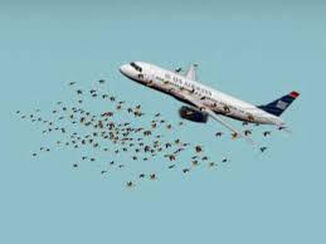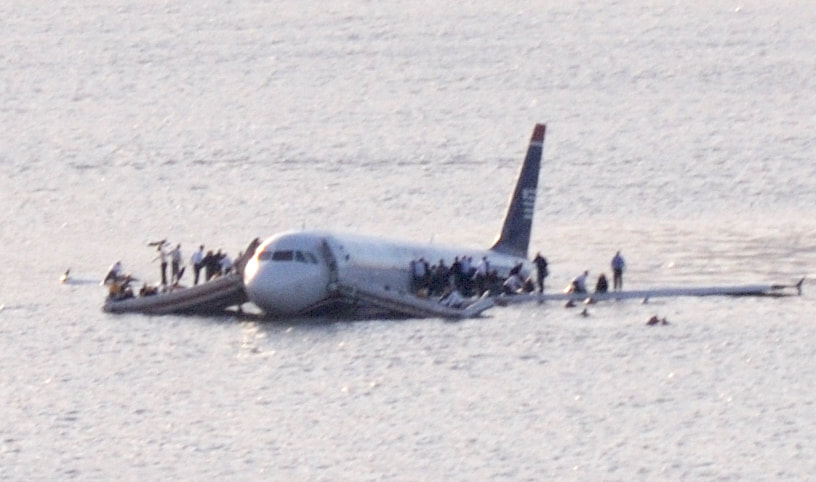 Did you know that all Part 139 airports are required to perform a formal WHMP Review every 12 months? The FAA states that the foundation for these evaluations is not only the documentation of wildlife strikes but the maintenance of consistent records of wildlife surveys and wildlife control activities. Based on the annual evaluation the WHMP should be updated as needed to ensure the information adequately addresses known wildlife hazards. As these changes are adopted, approved, and implemented at the airport, it is of the utmost importance that all documentation is well prepared and available during FAA inspections. This procedure is to assist airport operators in documenting this review, the following sample review forms are provided. One form is for the “annual” review (every 12 consecutive months), and one for a review following a triggering event. These forms represent examples and may be used as provided or modified to suit specific needs to review a Wildlife Hazard Management Plan. Once a Wildlife Hazard Management Plan is in place, it must be evaluated every 12 consecutive months or following a triggering event as per 14 CFR part 139.337(f)(6). Those triggering events are: · An air carrier aircraft experiences multiple wildlife strike · An air carrier aircraft experiences substantial damage from striking wildlife · An air carrier aircraft experiences an engine ingestion of wildlife. During the WHMP review, the airport and the Certified Airport Wildlife Biologist will need to follow the questions listed on the WHMP Review Checklist. Any discussions will be based on the management over the course of the last year. This checklist will cover areas including:
After all of this is completed, an official review will be completed and documented by the conduction Airport Wildlife Biologist. Part 139 airports are required to keep this document on file for further modifications and review.  January 15, 2009, US Airways Flight 1549 at 3:27:11 during climbout, the plane struck a flock of Canada geese at an altitude of 2,818 feet (859 m) about 4.5 miles (7.2 km) north-northwest of LaGuardia. The pilots' view was filled with the large birds;[18] passengers and crew heard very loud bangs and saw flames from the engines, followed by silence and an odor of fuel. Loomacres - 800-243-1462 Bringing Wildlife Management to a Higher Level ©
0 Comments
Leave a Reply. |
Sales & Marketing
|
 RSS Feed
RSS Feed